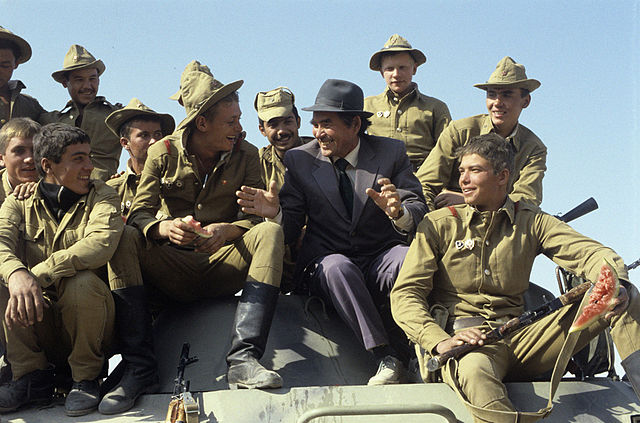The history of Turkmenistan traditionally began with the arrival of Indo-European Iranian tribes around 2000 BC. Early tribes were nomadic or semi-nomadic due to the arid conditions of the region, preventing widespread adoption of agriculture. The steppe culture in Central Asia was an extension of a larger Eurasian series of horse cultures which spanned the entire spectrum of language families, including the Indo-Europeans and Turko-Mongol groups. Some of the known early Iranian tribes included the Massagatae, the Scythians/Sakas, and early Soghdians, who were most likely precursors of the Khwarezmians. Turkmenistan was a passing point for numerous migrations and invasions by tribes, which gravitated towards the settled regions of the south, including ancient Mesopotamia, Elam, and the Indus Valley civilization.

Female figurine of the "Bactrian princess" type, 2500-1500 BCE, chlorite (dress and hat) and limestone (head, hands and a leg), height: 13.33 cm, Los Angeles County Museum of Art (USA).
Detail of a Salor Turkmen ceremonial carpet, dating from the mid-1700s to the mid-1800s
Hoisting the Red Banner in Tashkent 1917
Soviet soldiers returning from Afghanistan. 20 October 1986, Kushka, Turkmenia.
Margiana is a historical region centred on the oasis of Merv and was a minor satrapy within the Achaemenid satrapy of Bactria, and a province within its successors, the Seleucid, Parthian and Sasanian empires.
Behistun relief of Frâda, a king of Margiana circa 522 BC. Label: "This is Frâda. He lied, saying "I am king of Margiana.""





